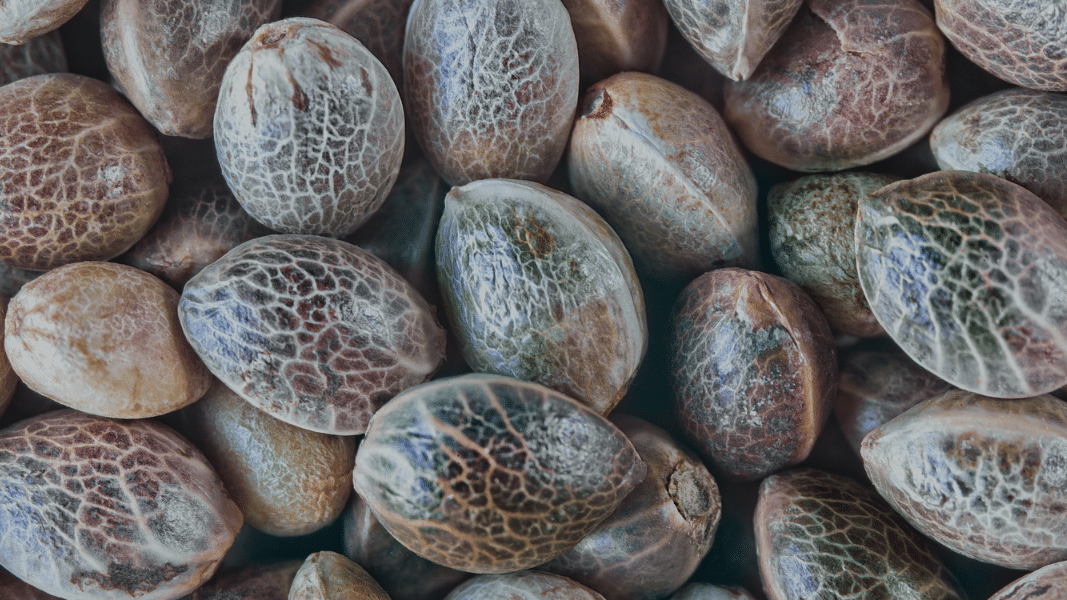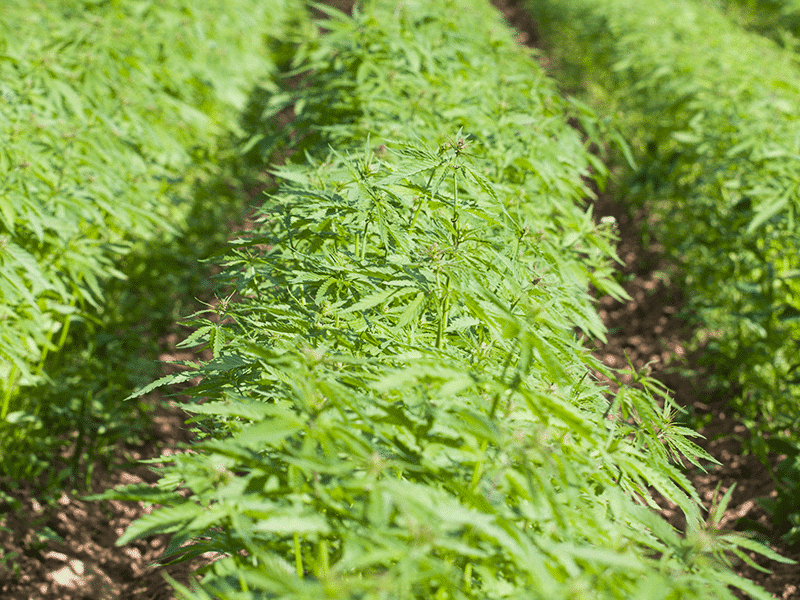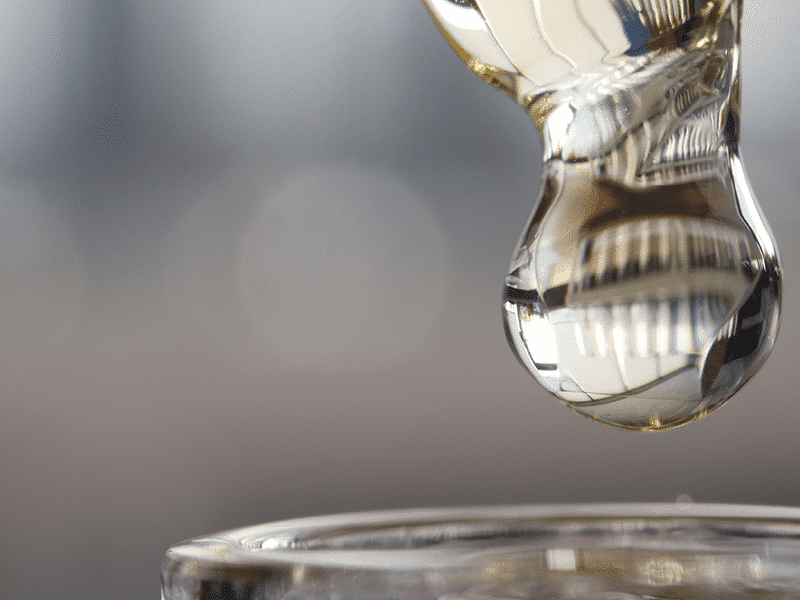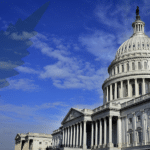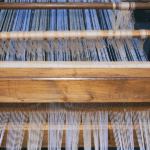It was a good week for reefer sanity. On Dec. 2, the United Nations Commission for Narcotic Drugs voted to reschedule cannabis in recognition of its therapeutic utility. Shortly thereafter, the European Union reversed a previous decision and declared that cannabidiol (CBD) is not a narcotic. And two days later, the US House of Representatives passed the MORE Act, which, if approved by the Senate (still a longshot), would end federal “marihuana” prohibition.
These momentous and long overdue developments are emblematic of the pro-cannabis cultural shift that has been gaining momentum for several years. But significant institutional hurdles remain before smoking a joint is no longer a federal crime and CBD treats are legal cuisine – most notably, the entrenched opposition of the Drug Enforcement Administration (DEA).
A Big Stinker
Last August, the DEA plopped a big stinker on the fledgling US hemp industry when it published an “interim final rule” pertaining to “tetrahydrocannabinols [and] other marihuana-related constituents.” The DEA said it was merely clarifying and updating its policy to comply with the 2018 Farm Bill, which removed hemp from the purview of Controlled Substances Act (CSA).
The Farm Bill capped tetrahydrocannabinol (THC) levels at 0.3 percent for both hemp plants and their derivatives, including much-in-demand CBD-rich oil extracts. But the new DEA rule (proposed as an amendment to the CSA) stipulates that if the amount of THC exceeds 0.3 percent at any point during the cannabis oil manufacturing process, then the extract is considered “marihuana” and is therefore prohibited under federal law – even if the finished product ends up below the 0.3 percent threshold.
At all times, according to the DEA, the THC in the hemp extract must remain under the same 0.3 percent limit as the plant itself.
Hemp industry advocates cried foul. In effect, the DEA’s ruling threatened to criminalize the entire CBD industry because CBD oil production almost always involves an intermediate stage in which the THC level rises above 0.3 percent. The plant’s cannabinoid content gets concentrated during the extraction process, and the amount of CBD and THC increases before the final product is modified to comply with the legal THC limit.
The DEA’s ham-fisted attempt to kneecap CBD product-makers triggered a swift backlash. The Hemp Industries Association and a South Carolina CBD brand filed two separate lawsuits to stop the DEA from enforcing its ruling. After soliciting public comment, the DEA is now weighing whether to revise its obstructionist interpretation of the Farm Bill.
THC – The Hot Cannabinoid
Even if the DEA backs off and concedes that THC-deficient cannabis oil products are not inherently illegal, meddlesome narcs will continue to patrol the CBD landscape in search of illicit tetrahydrocannabinol.
Manufacturing CBD isolates and other hemp flower extracts means there will always be some leftover THC that must be properly disposed of. And that means the DEA will double down on surveillance and enforcement efforts ostensibly to prevent the diversion of any THC “waste material” into the medical cannabis, adult use or illicit markets.
And farmers who cultivate hemp for CBD content will still have to contend with “hot” crops that inadvertently exceed the 0.3 percent THC limit. Any plants that test even slightly higher are in violation of federal law and must be destroyed.
Unfortunately, it’s difficult to control the precise amount of THC in every hemp plant and hot crops are not uncommon, as many hemp farmers have learned the hard way. The Pew Trust estimates that over 4300 acres of hot hemp in 16 states were destroyed in 2019, a pattern that continued in 2020.
This makes growing hemp for CBD extraction a risky, high stakes venture – as compared to growing hemp for fiber, which has numerous industrial applications and faces less regulatory hurdles. That’s because fiber hemp varietals have not been bred for cannabinoid content and thus are not prone to go hot.
Thanks to the Farm Bill, industrial cannabis – i.e., fiber hemp – is now clearly outside the scope of the DEA’s enforcement mandate, unlike resin-rich medicinal cannabis, which remains proscribed under federal law.
Resin is Key
Under the current prohibitionist regime, the distinction between legal industrial cannabis (hemp) and illegal medicinal cannabis rests entirely on the amount of THC in the plant. Cannabis with 0.4 percent THC is federally illegal, whereas a plant with 0.3 THC is totally okay. As little as 0.1 percent THC is what distinguishes hemp from marijuana, according to the federal government.
This is ridiculous. From a botanical perspective, the essential difference between industrial cannabis and medicinal cannabis does not hinge on THC content. It’s about resin content. The resinous flower is where both CBD and THC are concentrated in all forms of cannabis. Seen in this light, what distinguishes fiber hemp from marijuana, used medically and recreationally, is simple: industrial hemp is low-resin cannabis with small amounts of CBD and even less THC; whereas marijuana, the colloquial name for high-resin cannabis, oozes with copious amounts of THC and/or CBD, depending on the plant’s genetics.
That’s the botanical reality, which the Farm Bill obfuscates.
Grown from pedigree seed, fiber hemp plants are low-resin cannabis plants, deficient in both THC and CBD, with tall, thin, bamboo-like stalks and skimpy foliage.
Bushy, high-resin medical cannabis cultivars, often clone grown, include both THC-rich “drug plants” and less common CBD-rich “drug plants,” as well as cannabis varietals with roughly equal or substantial amounts of both THC and CBD.
Seed-Oil Cannabis
In addition to low-resin industrial cannabis and high-resin medicinal/recreational cannabis, there’s also another category: “seed-oil” cannabis, which is bred to maximize hempseed propagation and utility. This is where it gets confusing because seed-oil cannabis is a ‘tweener” that overlaps with both industrial and medicinal cannabis. Oil pressed from hempseed – which does not contain CBD, THC or any cannabinoids – is not the same as medicinal oil extracted from cannabis flowers and foliage.
Seed-oil cannabis has many industrial applications: for soap (Dr. Bronner’s), paint, varnish, cosmetics, nutritional supplements, and more. In ancient China, protein-rich hempseed was utilized extensively as a food source and a remedy. (It’s noteworthy that hempseed figured prominently in Chinese medicine; resinous cannabis flower tops apparently less so.) Modern science confirms that hempseed is an excellent source of omega 3 essential fatty acids, which are indispensable biochemical building blocks for a healthy endocannabinoid system.
Seed-oil cannabis plants are also tweeners in the sense that they share characteristics of both industrial hemp and medicinal cannabis. Seed-oil cultivars (such as Finola) are dutifully THC-deficient with less than 0.3 percent tetrahydrocannabinol by dry weight. But they have more foliage and flower, and therefore more resin, than fiber hemp. And, while not nearly as robust as high-resin, seedless (“sinsemilla”) female cannabis plants, some seed-oil cannabis varietals, measuring between 3-4 percent cannabidiol by dry weight, are bushy enough for CBD extraction.
Seed-oil cannabis plants are a viable, though far from optimal, source of cannabidiol, compared to high-resin, CBD-rich cannabis varietals that tip the scales at 20 percent CBD or more by dry weight. Grown in California and other states that have legalized medical cannabis, high-resin, CBD-rich chemovars are a bountiful source of cannabidiol, but they don’t qualify as hemp because their THC content, cresting slightly above one percent, eclipses the federal legal limit.
A Challenge for Breeders
A major challenge for cannabis breeders has been to create stout, resinous CBD-rich chemovars that don’t top the 0.3 percent THC threshold – that’s the Holy Grail of hemp CBD genetics. It hasn’t been easy. The plant seems to resist efforts to stabilize according to this politically correct, genomic profile. If grown to full term to maximize CBD production, these resin-rich varietals will likely surpass the legal THC limit.
So hemp farmers end up playing cat-and-mouse with Ag inspectors and DEA sleuths, timing when to harvest just before the amount of THC transgresses 0.3 percent, even though CBD levels haven’t reached their peak. The longer the plant stays in the ground, the greater the cannabinoid content. Many hemp farmers wait too long and their crop goes hot.
Again, this problem doesn’t beset fiber hemp cultivation. It’s strictly an issue when growing for CBD extraction. And that’s only because the 0.3 percent legal limit for THC, as codified in the Farm Bill, is arbitrary, unscientific, and fundamentally unworkable.
It’s also an egregious con.
The hemp CBD industry is based on a dysfunctional falsehood, a big lie – the lie that says cannabis with more than 0.3 percent THC is a dangerous drug with no medical value. This blatant lie is the cornerstone of the Controlled Substance Act, which continues to drive federal cannabis policy.
The Big Lie
More than any other factor, it was public enthusiasm for CBD that catalyzed the passage of the Farm Bill and the rebirth of the US hemp industry. That’s huge. But the Farm Bill (which a cynic might describe as the “keep marijuana illegal bill”) is seriously flawed. By carving out a legal loophole only for cannabis with no more than 0.3 percent THC, the Farm Bill solved some major problems, while causing others.
Like a patch designed to correct defective software, the Farm Bill seeks to fix the unfixable. In this case, the defective software is the Controlled Substances Act.
So now we need another patch to fix the defects in the Farm Bill.
Hemp industry proponents who cheered the passage of the Farm Bill are pushing to redefine hemp as cannabis with no more than one percent THC. According to the Congressional Research Service, one percent THC “is considered the threshold for cannabis to have a psychotropic effect or intoxicating potential.”
Several countries, including Switzerland, Australia, and Mexico, have already adopted a one percent THC limit for hemp. But in the US, changing the official definition of where hemp ends and marijuana begins would require new Congressional legislation, which doesn’t seem to be in the cards at the moment.
Liberate CBD!
One percent THC would make life a lot easier for hemp farmers growing for CBD extraction. For that reason alone it’s a good idea. But is it enough? Why restrict the legal playing field to CBD-rich plants with no more than one percent THC? It’s like binding the feet of Chinese women so they stay tiny, only in this case it’s a female botanical that’s being willfully stunted.
When a handful of CBD-rich varietals (Harlequin, Jamaican Lion, OmRita Rx, Sour Tsunami, Blue Jay Way, etc.) were discovered ten years ago in Northern California, these plants were what we now refer to as “Type 2’s” – high-resin cannabis with substantial amounts of both CBD and THC.
(Nomenclature alert. “Type 1’s” are resin-rich, high-THC/low-CBD plants, the kind that gets you high. “Type 3’s” are just the opposite: high-CBD/low-THC plants that don’t get you high; some Type 3’s qualify legally as hemp and some don’t.)
Mixed THC/CBD plants are mildly euphoric, a property intrinsic to marijuana’s rich history as a medicine in many cultures going back thousands of years. But sadly these versatile, resin-rich Type 2 chemovars have been sidelined by the single-minded pursuit of hemp-derived CBD, a market-driven stampede that is both enabled and constrained by the Farm Bill. By privileging only Type 3 cannabis with 0.3 percent THC or less, federal policy narrows the plant’s genetic possibilities and limits efforts to develop its biodiversity and strength.
Hemp farmers could avoid jumping through absurd legal hoops if they focus on growing cannabis for fiber and seed rather than for cannabinoid content. A better scenario would be to liberate cannabis from the confines of the Farm Bill and let a thousand resin-rich varietals bloom with different combinations of CBD and THC. Pharmaceutical CBD has been removed from the list of controlled substances. Herbal CBD should be accorded the same respect. Legalize all forms of cannabis to harness the full potential of CBD.
Martin A. Lee is the director of Project CBD. He’s authored and edited several books, including Smoke Signals, Acid Dreams, and The Essential Guide to CBD. © Copyright, Project CBD. May not be reprinted without permission.
Recommended Readings
Tough Times After High Hopes for Hemp Harvest
It’s been a year since Congress legalized growing hemp. How’s it going?
The Delta-8 THC Controversy
What’s really at stake?
Delta-8, Delta-10, HHC, THCO… A Pandora’s Box of Unregulated Cannabinoids
Cannabis industry trade group declares nationwide sale of hemp-derived intoxicants a “public health disaster.”

